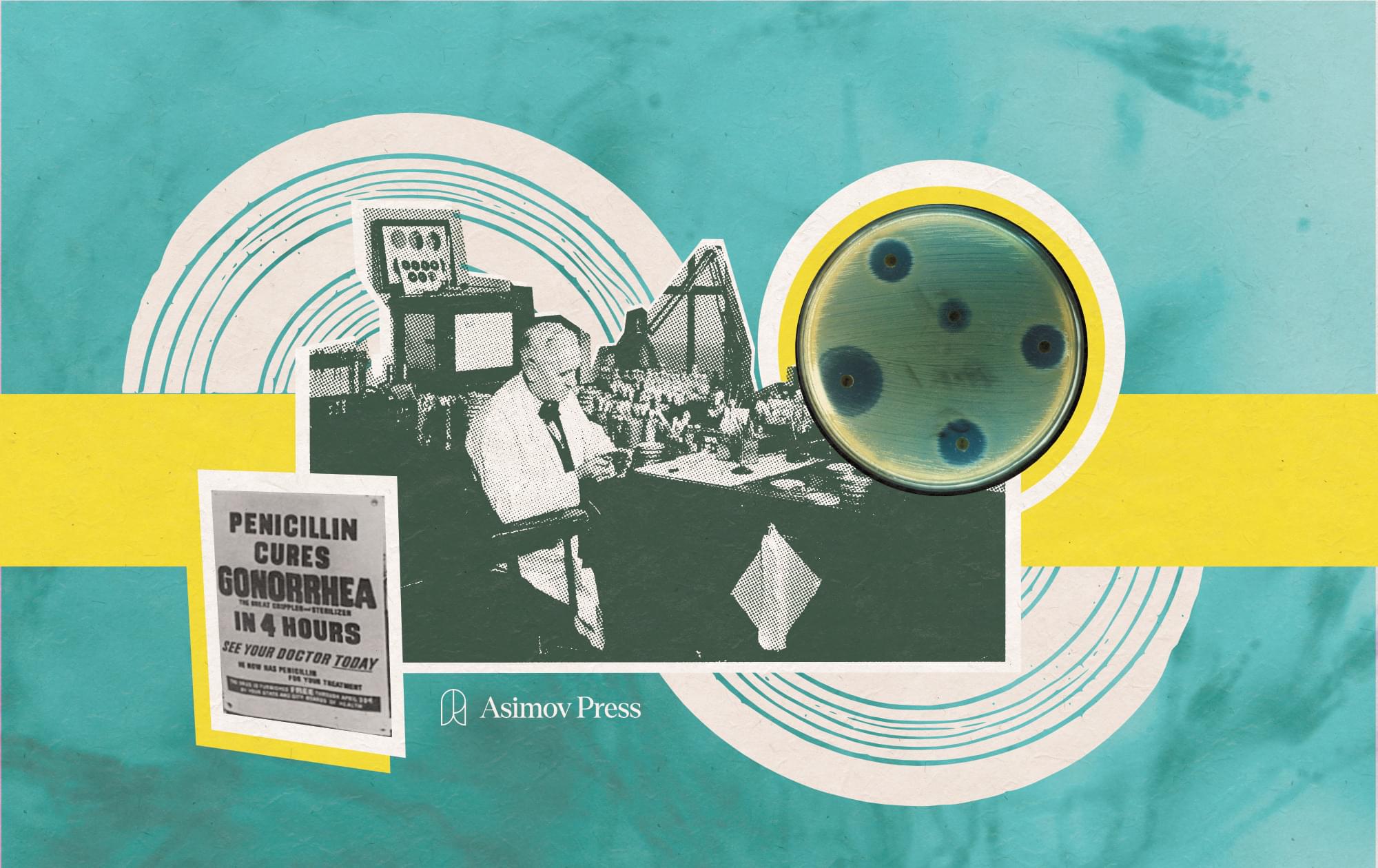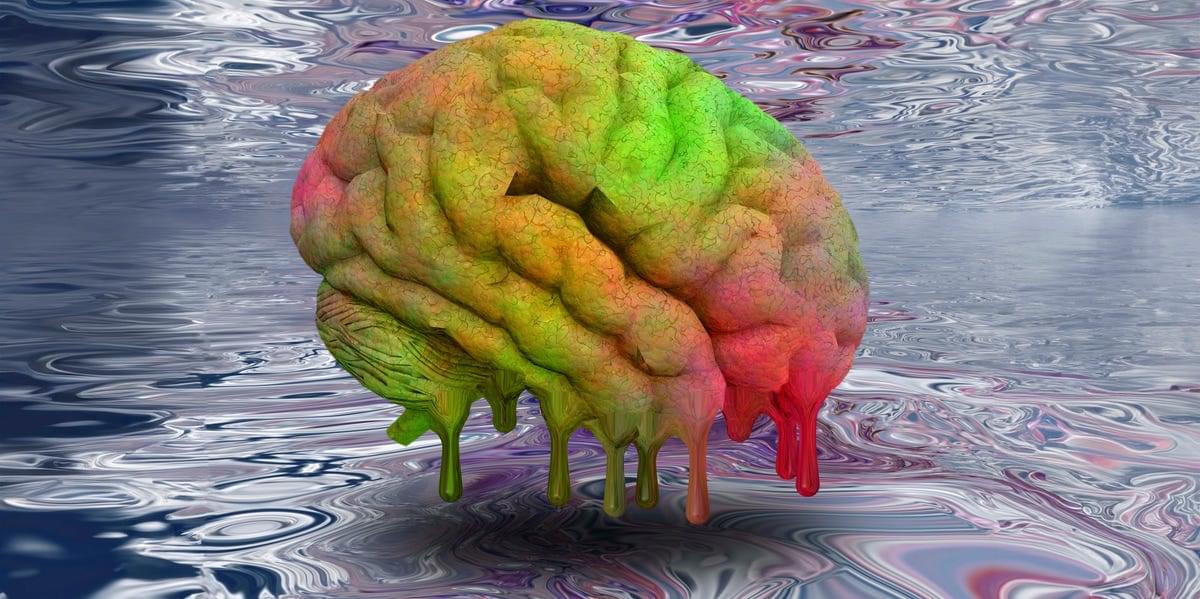A deeper look at how Vitamin D could protect against age-related decline.



Scientists discover fungus species in Chernobyl nuclear zone have mutated to feed on radiation:
Cryptococcus neoformans, discovered at the site in 1991, feeds on radiation through a process called radiosynthesis. Its high levels of melanin absorb harmful radiation and convert it into chemical energy, much like how plants use photosynthesis to create energy.
NASA scientists, in collaboration with Johns Hopkins University, are now testing melanin extracted from the fungi aboard the International Space Station. ’ If successful, this natural shield could protect astronauts and equipment from cosmic rays, a significant challenge for long-term space exploration. “Space radiation is dangerous and damages matter,” explains researcher Radamés J.B. Cordero. “A material like this could shield astronauts and benefit people here on Earth.” This discovery turns a remnant of a nuclear disaster into a potential lifesaver for humanity’s journey into the cosmos.
Learn more.
Radiotrophic fungi are fungi that can perform the hypothetical biological process called radiosynthesis, which means using ionizing radiation as an energy source to drive metabolism. It has been claimed that radiotrophic fungi have been found in extreme environments such as in the Chernobyl Nuclear Power Plant.
Most radiotrophic fungi use melanin in some capacity to survive. [ 1 ] The process of using radiation and melanin for energy has been termed radiosynthesis, and is thought to be analogous to anaerobic respiration. [ 2 ] However, it is not known if multi-step processes such as photosynthesis or chemosynthesis are used in radiosynthesis or even if radiosynthesis exists in living organisms.


Watch the full interviews with Dr. Christof Koch and Professor Michael Levin, which are discussed in this video, here:
• Bioelectric Fields: A Paradigm Shift In Bi…
• Famous Neuroscientist on 5-MeO-DMT and Int…
Hans Busstra talks to Dr. Bernardo Kastrup about the groundbreaking work of Professor Michael Levin and Dr. Christof Koch.
Levin’s research into bio-electric fields reveals that cellular networks use electrical signals not just for immediate physiological tasks, but to coordinate complex patterning and memory across tissues—suggesting a kind of distributed intelligence in living systems.
Christof Koch, meanwhile, champions Integrated Information Theory (IIT), which proposes that consciousness is an intrinsic property of certain physical systems with high levels of causal interconnectivity.
Both lines of inquiry challenge the traditional reductionist view that mind is merely an emergent byproduct of neural activity. Instead, they point to a more holistic, perhaps even fundamental, role for information and consciousness in nature. Though Levin and Koch make no explicit metaphysical claims in their work, their empirical findings and views are very much in line with analytic idealism.
This is a short summary talk by Ivan Kroupin (https://scholar.google.com/citations?user=XjxueRYAAAAJ&hl=en) and Tian Chen Zeng (https://www.researchgate.net/…

Materials with self-adaptive mechanical responses have long been sought after in material science. Using computer simulations, researchers at the Tata Institute of Fundamental Research (TIFR), Hyderabad, now show how such adaptive behavior can emerge in active glasses, which are widely used as models for biological tissues.
The findings, published in the journal Nature Physics, provide new insights—ranging from how cells might regulate their glassiness to aiding in the design of new metamaterials.
Glasses (or amorphous solids) are materials whose components lack any particular ordering. Contrast this with a crystal, where atoms are arranged in neat, repeating patterns on a well-defined lattice. While crystals are ordered and nearly perfect, amorphous materials are defined by their disorder.
This is a ~20 minute very rapid talk reviewing ideas around the scaling of intelligence in unconventional substrates.

ASILAB is excited to introduce Asinoid – the world’s first true artificial superintelligence built on the architecture of the human brain. Designed to think, learn, and evolve autonomously like a living organism.
Learn more on our website: http://asilab.com.
Asinoid isn’t just another AI. Unlike today’s pre-trained, prompt-driven models and agents, Asinoid is a self-improving and proactive mind. It learns over time. It remembers. It sets its own goals. And it gets smarter by rewiring itself from within.
An Asinoid can power a fleet of autonomous drones. Act as the brain inside your security system. It can drive your R&D, run your meetings, become the cognitive layer behind your SaaS product or even co-found a company with you.
The possibilities are endless. And we want to explore them with you.
We’re opening access to pioneering companies, researchers, and developers who want to build with us. If you’re ready to create something groundbreaking, let’s get started.